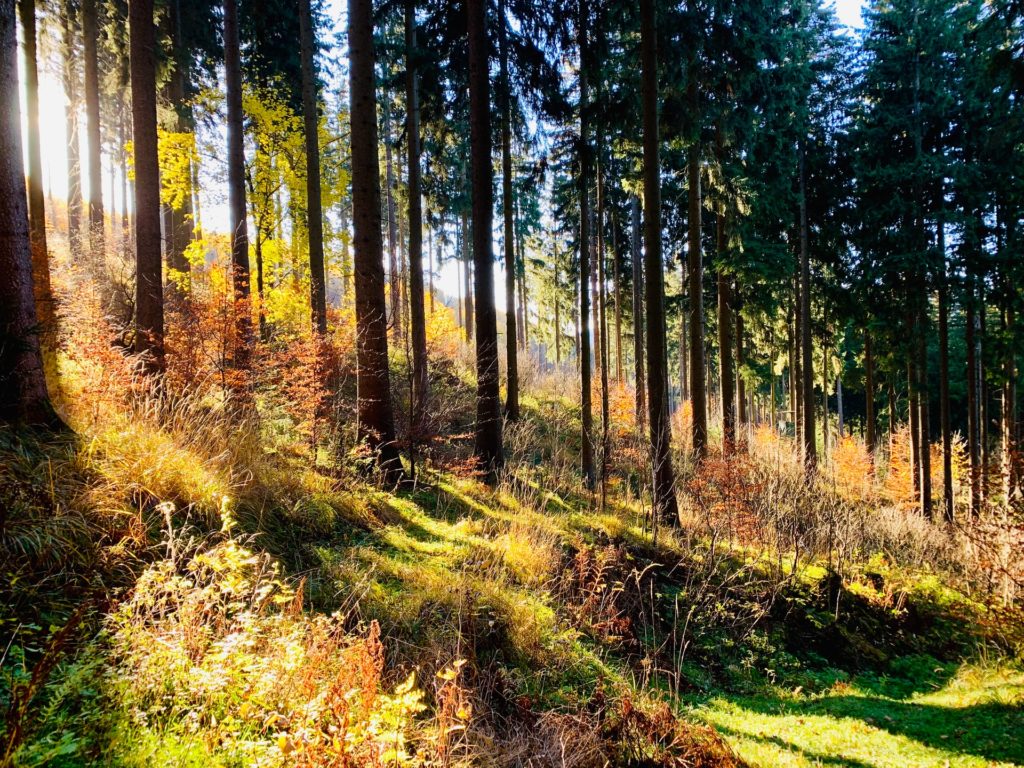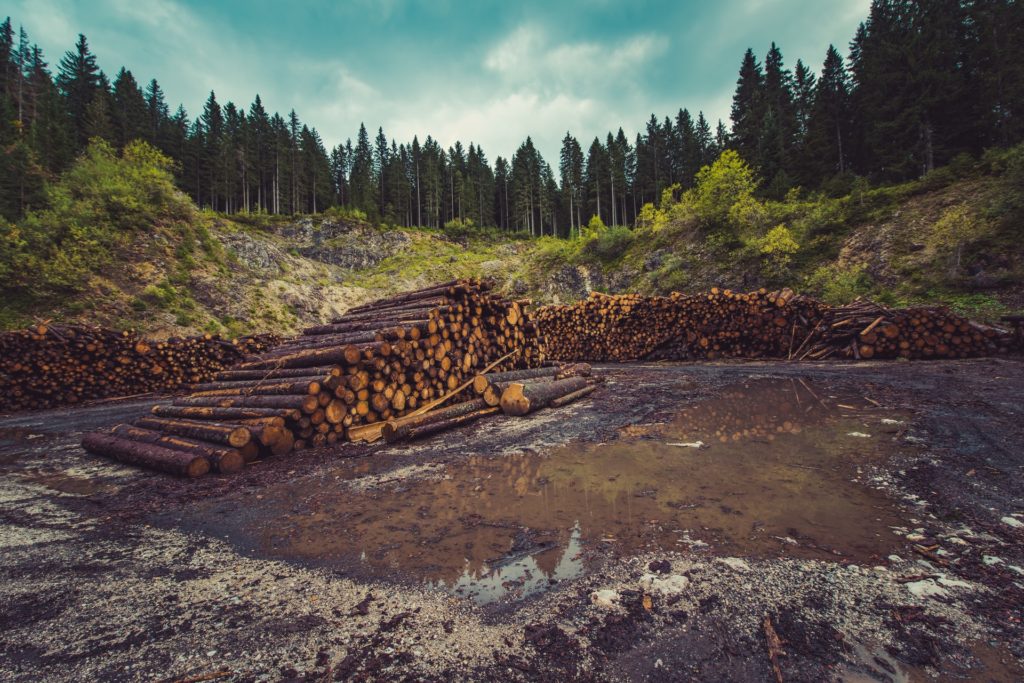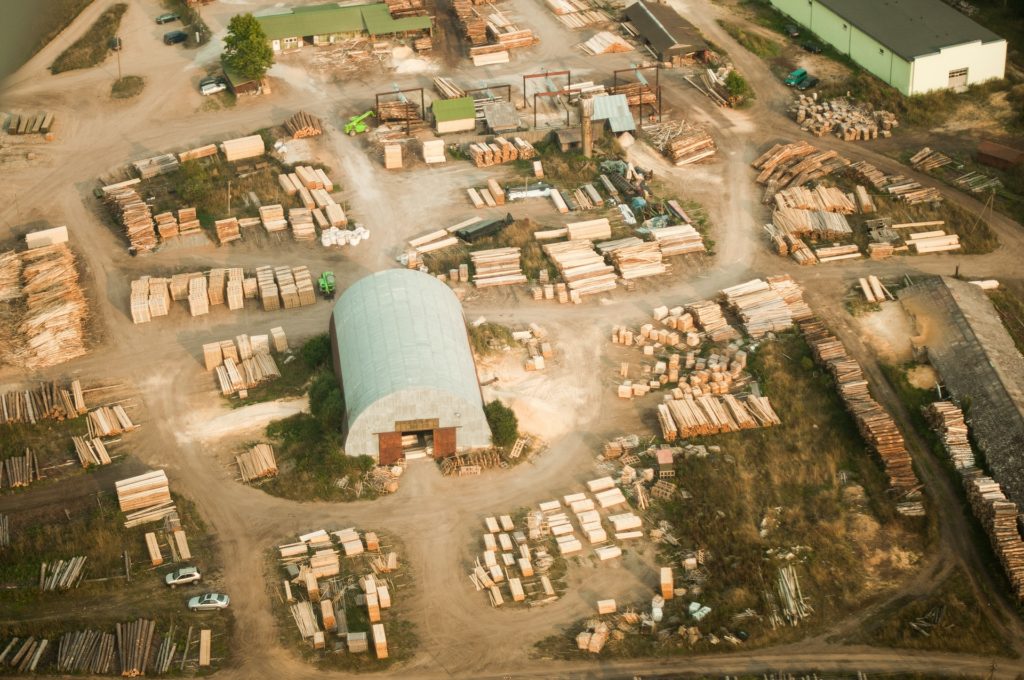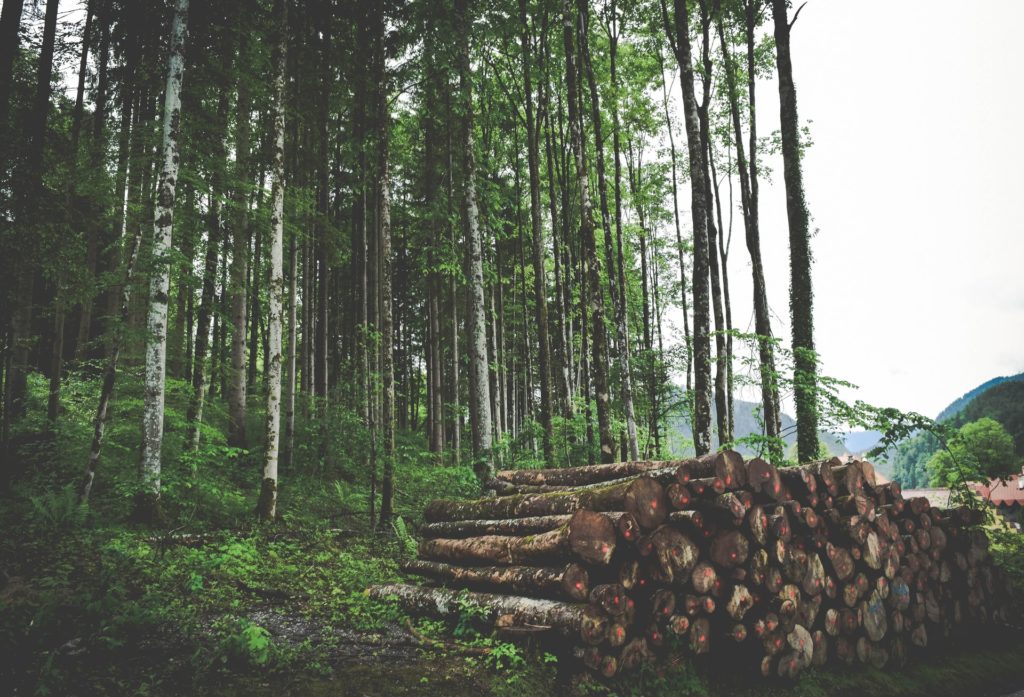10.06.2021
Greens/EFA MEPs, Ville Niinistö, Anna Deparnay-Grunenberg, Martin Häusling and Marie Toussaint, argue that the EU must overhaul its policies, and in particular its renewable energy rules, to protect our forests for the future.

As the European Union is grappling to respond to the twin crises of climate and biodiversity breakdown, one thing has become clear: we need healthy forests to protect and restore nature and the global climate.
Forests cover around 40 percent of the EU’s land area. They are home to the largest number of species on the continent and fulfil vital ecological functions such as purifying air and water, and absorbing large amounts of carbon dioxide from the atmosphere.
Less than 3 percent of the EU’s forest area qualifies as ‘natural forest’, meaning that ecological processes are undisturbed by human influence. These “primary and old-growth” forests are particularly valuable for our climate and for nature. With so few of them remaining, we must protect the existing ones and allow other forests to grow older to increase the area of old-growth forests in the EU.
Almost all the EU’s forests are managed forests, meaning they are used for extracting natural resources such as wood. Worryingly, most of these forests are in bad shape. Between 2011 and 2020, more than 80 percent were assessed as having an unfavourable conservation status. Over 50 percent were in poor condition, and almost a third were in a bad condition, under the criteria of the EU Habitats Directive.

Why is too much logging so bad for nature and the climate?
The poor state of our forests is due to many pressures, including pollution from industrial agriculture and transport, and the impacts of climate change. But the main reason is the relentless exploitation of our forests. Incessant logging weakens these sensitive ecosystems and doesn’t allow them to recover.
Between 2000 and 2018, forest harvesting rates increased by about 20 percent, according to research by Naturwald Akademie. Clearcutting – where all trees in a given area are cut down – and other invasive methods are common practice.
As a result, most of our forests are made up of trees that are of the same age and from only one or two species. Forests must have trees of various species and ages, as well as dead wood, to be healthy and resilient. Close-to-nature harvesting methods would be far less damaging to our forest ecosystems.
This type of intensive forest management threatens wildlife, such as rare bird species, and diminishes the forest’s ability to absorb carbon dioxide in soil and biomass, known by scientists as a ‘carbon sink’. The European Commission has warned that “further increases in harvesting … could see the sink potentially further decline” even though we need a growing sink for the EU to achieve climate neutrality by 2050.

Wood as a renewable energy source: how EU policy promotes the overexploitation of forests
Why would the EU so massively deplete its forests? Absurdly, the biggest driver of the increase in wood harvests in the EU is not that we’re making many more chairs and tables. Oh, no. Instead, we’ve been burning more wood for energy.
This isn’t an accidental development. It is the result of European policy: the EU’s renewable energy rules count all types of wood as a renewable energy source. Wood is one of the most important sources of renewable energy, and wood energy consumption continues to increase.
This flawed policy not only drives forest degradation but effectively drives up carbon emissions. Scientists have warned that the “burning of wood will increase warming for decades to centuries … even when the wood replaces coal, oil or natural gas.” They’ve said that “governments should work to preserve and restore forests and not to burn them”.

Forestry’s fierce lobbying to maintain the status quo
Unlike other industries, which recognise they need to change in the transition to a greener economy, the forest industry pretends it already does what it takes to contribute to the EU’s green goals. It brands common, intensive forestry practices, such as clearcutting, as “sustainable forest management” and fails to recognise their destructive impact.
Big forestry lobbyists, like the Confederation of European Forest Owners (CEPF) claim that we should have faith in their “approach to forest management” purely because it “has been implemented at EU level for decades”. They also ask that we “trust and support the idea that using wood to replace fossil-based material and energy is one of the most effective solutions for mitigating climate change”, even though this clearly contradicts the science!
COPA COGECA, the EU’s powerful farm lobby, even claims that using whole trees for the production of bioenergy is “necessary” because no other sector will purchase them.

Decisive EU action needed: what should be done to restore our forests?
It is time for the European Union to wake up to the fact that “sustainable forest management”, as defined by the forest industry, is not actually sustainable. The continuous decline of our forest species speaks for itself.
The EU and its member states must regulate the forest sector, just like any other sector, to guarantee the protection of our nature and the global climate. As a start, we urgently need an EU definition of truly sustainable, close-to-nature forest management, which safeguards our forest ecosystems and prevents the extinction of our forest species.
In 2021, the EU has several opportunities to get it right:
- In July, the European Commission will propose changes to the climate and energy policies that govern the use of forest biomass for energy generation. The EU should stop promoting false climate solutions, such as burning forests for energy, and devise rules that can enhance rather than shrink the EU’s land carbon sink.
- Also in July, the Commission will present a new EU forest strategy. With this document, the EU should plan to strictly protect all remaining primary and old growth forests, and to leave more forests untouched so they can also develop into such valuable ecosystems.
- After the summer, the Commission will come forward with new legislation to “minimise” EU-driven deforestation and forest degradation. The EU should ensure that wood and wood products linked to deforestation or forest degradation cannot be placed on the EU market, wherever the trees have grown.
- Finally, towards the end of the year, the Commission will propose binding nature restoration targets. The EU should set specific targets for the restoration and subsequent protection of forest ecosystems.
As the Greens/EFA Group, we will do all we can for the EU to straighten out its past mistakes and to adopt policies that protect and restore our forests, so we can rely on them to bring back nature and stabilise our global climate.

MEP Ville NIINISTO © European Union 2019 – Source : EP 
MEP Anna DEPARNAY-GRUNENBERG / European Union 2019 
MEP Martin HÄUSLING / European Union 2019 
MEP Marie TOUSSAINT/ European Union 2019
For more information:
Franziska Achterberg – Biodiversity campaigner
franziska.achterberg@ep.europa.eu
 Check out our campaign to ‘Protect and Restore the World’s Forests’
Check out our campaign to ‘Protect and Restore the World’s Forests’ 
